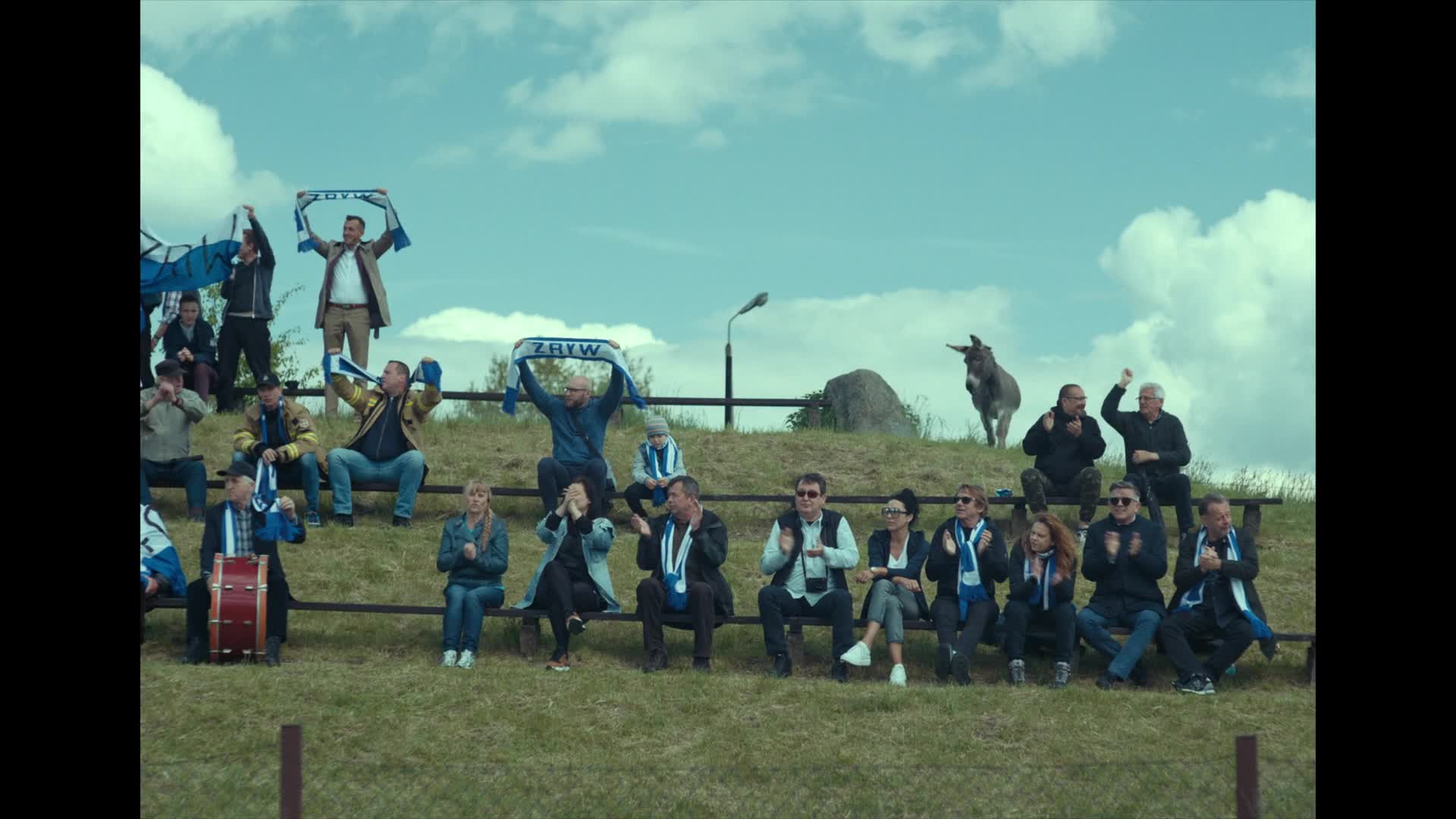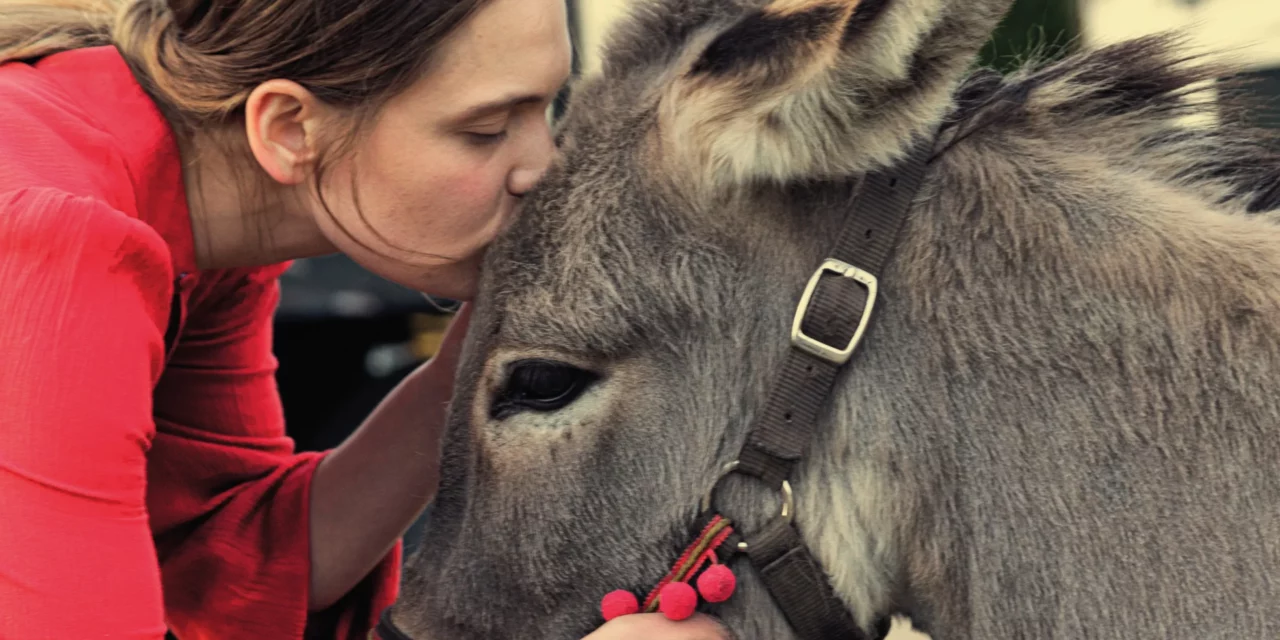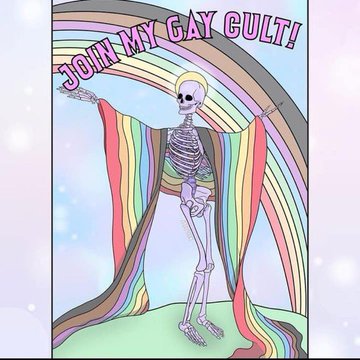Yesterday, as part of the 29th Polish Film Spring Days, the great film IÁ (EO) by the eighty-four-year-old Pole Jerzy Skolimowski was screened again in Uránia.
The director is a polymath, he also worked with Andrzej Wajda and Roman Polański as a screenwriter, but also as an actor, writer, poet, sculptor and musician. few believed that a film dealing with the life of a donkey could hold a mirror to humanity and our own fears with such sensitivity, and then put the viewer on a long roller coaster ride, at the end of which he gets up from the cinema seat in a completely different way.
The film, which was nominated for an Oscar, is being screened in Hungary for the second time. The previous time in March, the cinema was full. Before the present presentation, the director of the Polish Institute, Joanna Urbańska , greeted the viewers and said that they are very proud of the work in Poland today, since the story of the lovely donkey has traveled the whole world, and although it did not receive a golden statue, it drew attention to the complicated relationship between man and nature .
Indeed, sitting in the auditorium, I was a little tense, because it is not a story that shows the world around us from a human perspective, but through the fate of a donkey. The film is not romantic, in fact it is a road movie, which shows the drifting of the animal in a completely unfamiliar environment. He wanders between good and bad, people and animals, dangers and changes, gets involved in various incomprehensible stories and is very difficult to identify with him: we see him at the same time as an unwise, unfortunate being and the protagonist of a film. The director constantly deviates from the clichés of the usual narratives, which appear and disappear again.
A circus stunt girl loves EO very much, she often snuggles into his soft fur after the performances, it seems that the donkey also feels it and reciprocates the love, then they tearfully part when the circus is liquidated, but they still look for each other for a while. The girl goes after him on a motorcycle, but her boyfriend insists that it's either the donkey or him, and then they part for good. The girl's voice and image appear several more times in the form of strange image and sound montages, and then this thread dies completely. However, IO persistently searches everywhere for the girl, but keeps finding traps. He travels in a prison of pens, cages and trucks, and of course he escapes as soon as possible.

Source: YouTube
There is no happy ending, because the slaughterhouse is probably waiting for him along with a huge herd of cows at the end.
During the film, together with EO, we get involved in different human situations. In them, we encounter countless forms of indifference and human cruelty. The donkey is often lucky to avoid bigger trouble, he doesn't even understand what's going on around him, he just suffers this journey, stumbles through a chain of various - independent - phenomena.
It's in everyone's way. Whoever knows how to use it, pulls a cart or as a child's toy, is made a scapegoat and almost beaten to death, is chased by firemen, then ends up in a count's palace, someone steals it on the way to the slaughterhouse. But the human lives around her are also broken - the way Isabelle Huppert in the role of the Countess smashes the plates to the ground also symbolizes this - and suddenly we realize how big asses we are!
How much we do not pay attention to nature, to the sufferings of people and animals around us, our own emotions are also characterized by rushing, we race at an ever-increasing speed in a spinning world that separates us from each other and from nature. While often the slaughterhouses await us both in reality and figuratively. Here, terrorism, war, and eco-catastrophe are raging around us.
Although EO is marching towards destruction, the film leaves this question open. Maybe he will be lucky again, maybe he can escape, someone's kindness will save him in the 24th hour, we are rooting for him.
And we push ourselves together with him. The drama ends with catharsis and makes us forget the two ears!
Even today, those who visit the website of the Polish Institute can see good films, including those made with VR technology.
Image source: Sideshow / Janus Films












